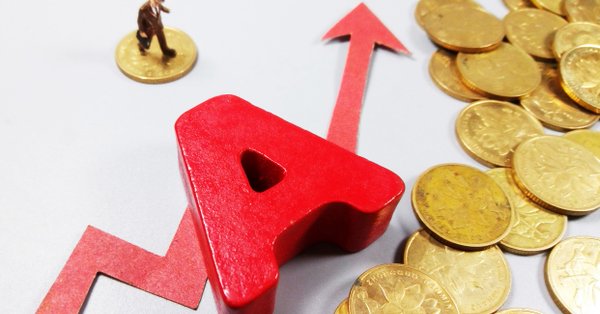Shanghai Composite index rose 2.58 pct after four-year low

- Country:
- China
Chinese stocks bounced on Friday after regulators mounted a coordinated campaign to try and put a floor under the tumbling market and support a slowing economy.
Official data earlier in the day underscored weakness in the economy in the face of a worsening trade war with the United States. Gross domestic product grew 6.5 per cent year-on-year in the third quarter, below expectations and the weakest quarterly pace since the first quarter of 2009.
China's blue-chip CSI300 index ended the day up 3 per cent and the Shanghai Composite index rose 2.58 per cent after slumping to near four-year lows.
Chinese stocks have slumped close to 10 per cent so far this month as foreign investors and domestic institutions dumped shares amid concern about rising U.S. Treasury yields and risks to the world's second largest economy, and as worries rose over the prospect of forced margin calls.
"GDP data today confirms the market's expectation of sluggish economic performance, and policymakers are making great efforts to boost market sentiment," said Josh Sheng, chief investment officer at Shanghai Tongshengtonghui Asset Management.
"It is not necessarily true that the equity market will soon surge, but the downside risk is very limited. Asset managers should gradually be more friendly to risky assets."
Zhang Qi, the Shanghai-based analyst at Haitong Securities, concurred.
"Valuations are very low right now, even compared to other bear markets historically. It makes sense that there is some support now," he said.
In a move to instil investor confidence, the governor of the People's Bank of China said on Friday that China's current equity valuations were not in line with sound economic fundamentals, and that the bank would enact targeted measures to help ease firms' financing problems and encourage commercial banks to boost lending to private firms.
In a statement on its website on Friday morning, China's securities regulator quoted its chief as saying it would encourage funds to help resolve liquidity difficulties at listed companies caused by stock pledging, and speed up approval for mergers and acquisitions as part of efforts to boost market confidence.
Liu Shiyu, chairman of the China Securities Regulatory Commission (CSRC), also said the regulator will support the issuance of high-yield bonds and other debt products by small and medium-sized companies.
On Friday afternoon, the state news agency Xinhua quoted Vice Premier Liu He said in an interview the "psychological effect" on stocks of China-U.S. trade friction was "bigger than the actual impact."
While the policy statements helped to calm investors, it may take a few rounds of support before confidence is fully restored, as was the case during the 2015 market rout, said Zhang at Haitong Securities.
In Hong Kong, after a volatile morning, the Hang Seng index ended the day up 0.42 per cent, while the Hong Kong China Enterprises Index rose about 0.84 per cent.
"Chinese policymakers are faced with a tough proposition – keep pumping liquidity into the system for limited dividend and growing long-term imbalances or accept much slower growth and refocus on deleveraging," Sue Trinh, head of Asia FX strategy at RBC Capital Markets in Hong Kong said in a note.
YUAN PRESSURE
China's yuan edged up against the U.S. dollar on Friday but was still set for a weekly loss.
The People's Bank of China set the midpoint rate at 6.9387 per dollar, 0.16 per cent weaker than the previous day's fix and the lowest level since Jan. 4, 2017.
Recent rapid losses in the yuan have prompted increasing speculation on whether the currency would breach the psychologically critical 7 per dollar level soon, given the local currency is facing a double whammy of depreciation pressure amid rising China-U.S. trade tensions and signs of slowing economy.
The yuan opened at 6.9391 per dollar and was changing hands at 6.9329 as of 0800 GMT.
Despite the yuan strength on Friday, Ken Cheung, senior Asian FX strategist at Mizuho Bank in Hong Kong, said the currency would continue to face depreciation pressure due to divergence in monetary policy between the United States and China.
"The market will slowly drag the yuan lower to 7 per dollar to test the central bank's bottom line," he said. "The PBOC is likely to allow the yuan depreciate in an orderly manner as long as expectations are stable."
Chinese 10-year Treasury futures for December delivery, the most traded contract, fell 0.15 per cent to 95.320.
(With inputs from agencies.)










